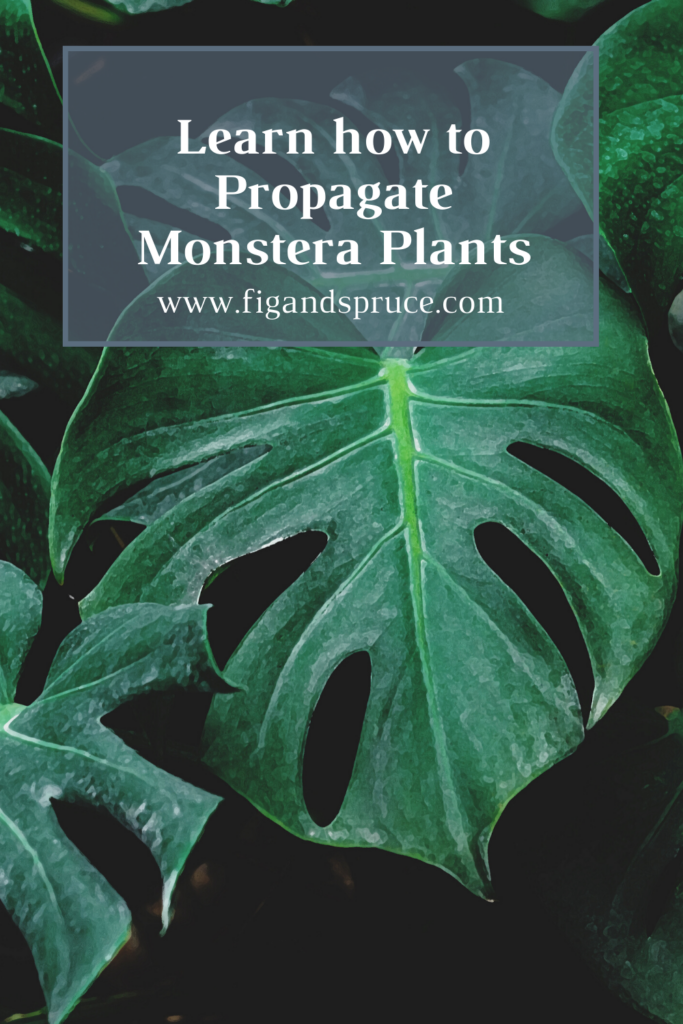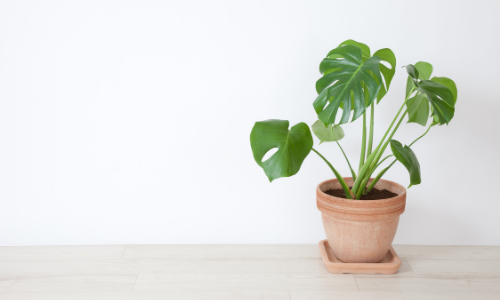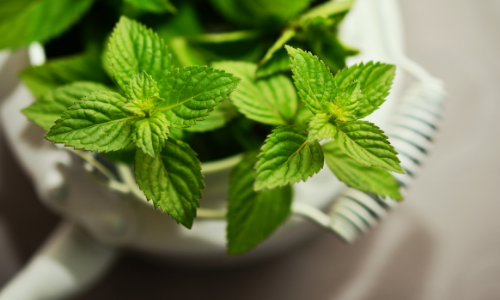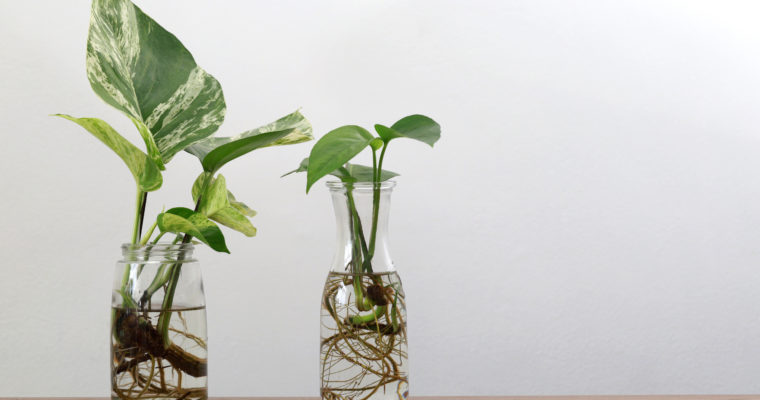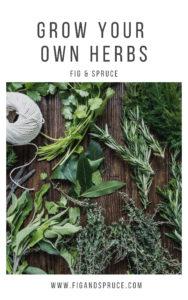Monstera plants are known for their beautiful leaves, and have been gaining popularity lately in the indoor plant industry. Propagating a monstera can be a fun way to increase the number of plants you have. Propagated monsteras area also great gifts for friends too!
Table of Contents
What is a Monstera?
A Monstera, or Monstera Deliciosa is a flowering plant belonging to the Araceae family. Monstera Deliciosa is a tropical plant with giant, lush green, odd-looking leaves perforated with various sized holes. This is what the plant got its name from “Monstera Deliciosa,” meaning enormous and delicious.
This fruit-bearing plant is commonly the native of tropical and subtropical areas, but due to its exotic beauty and trendy look, it is dwelling from tropical forests to indoor and outdoor places within our homes.
Monstera is a climbers’ plant and grows enormously tall, wide with leaves growing such big as two feet long and wide. Monsters are renowned for their glossy, vivid, and fresh green leaves, which have substantial holes or eyes called Fenestration. Due to these large, holy leaves, it has got its nickname, Swiss Cheese Plant.
Monstera’s can grow fairly quickly under the right circumstances at 1-2 feet per year with the best conditions. However, the plant’s growth is subject to light availability so your results may vary slightly.
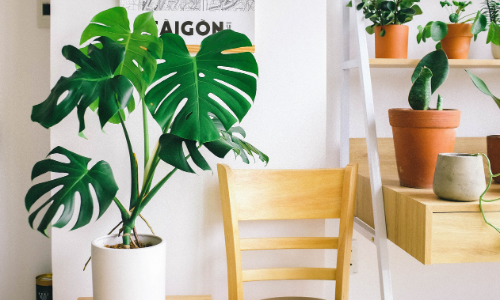
How to Propagate Monstera Plants
Monster is a creepy vine plant, which can be propagated in three ways: seed, stem cuttings, or air layering. The most usual and recurrent method is through stem propagation.
Steps to propagate monsteras:
- Look for an already grown Monstera plant in your surroundings or nurseries
- Take multiple small cuttings of well-grown stems with 1-2 leaves and look for nodes on them before cutting.
- This node is the only part of the stem, which will turn into a root later.
- Cut the stem in such a way that aerial roots and leaves remain safe there.
- Snip all the extra leaves, leaving only one or two to provide sufficient sustenance for few days.
- Now, choose your growth medium, either soil or water. Waterworks best because this transparent medium allows better light penetration and growth observation.
- Now, take a glass jar or any transparent bottle and fill it with filtered, fresh room temperature water.
- Carefully place your stem cuttings in them with nodes dipped in water. You can give the branches some support to stand in the proper position, or if propagating more than one branch, use twist ties.
- Rinse the roots with fresh water and replace the water in the jar every couple of days
- Place the jar inadequate but not direct intense sunlight.
- In about a month, an aerial root would develop from the node part. It is advised to keep this plant in water for about two months for sufficient root growth
- After the aerial root is fully grown (aim for a few inches in length), plant this shoot in soil or in a pot filled with rich, loose soil to allow light to perforate deep down to roots.
- Remember, Monstera is a tropical plant, so it is temperature-sensitive, and it needs a warm, humid environment.
Propagate Monstera through Air Layering
Apart from the stem propagation, Monsteras can be grown through air layering.
Air layering is a method in which the plant’s stem may naturally root when it touches the ground or rooting may artificially be induced by wrapping a certain part of the stem in humid soil and covering it with plastic wrap.
- For air layering, gather all the required materials like a sharp knife, a monstera plant, sphagnum moss, and plastic wrap.
- Look for the stem of the plant with nodes on it.
- Take a sharp blade and mark a small cut (Slightly angle) on one side of the node. This serves to provide direct energy and humidity.
- Now, take plastic wrap and cover the node, cut and the whole area with sphagnum moss.
- Wet the sphagnum moss with fresh warm water.
- Secure the wrap with twist ties or strings.
- Do not tie too tightly to block the airflow or not tie too loose to let moss dry.
- Remove the wrap after every two three days, spray the clump moss with fresh water to damp it, and cover again.
- Within few months, you will notice Ariel’s roots growing.
- Cut the twig and plant it in soil when the Ariel root reaches one inch in length.
- Give good water and fertilizer for about one month at least.
Grow a Monstera from Seeds
- Growing a Monstera through seeds is probably one of the easiest ways, but getting seeds can be tricky.
- Look for the flowering Monstera and let its fruit ripe and seeds develop.
- Take the fresh seeds, or you can buy the seeds from stores.
- Remember, the seed is very delicate and must sooner be planted within its shelf life.
- Prep the seed before planting by soaking it in lukewarm water for about a whole day.
- The seed will swell a little bit, when it reaches that point it’s ready to be planted.
- Now, get a pot with peaty, rich, and well-draining soil. The soil should have good water holding capacity and a rich nutrient level. Monsteras grow well in slightly sandy soils that do not get soggy with increasing humidity.
- Plant the seed in this soil and place it in a warm place, preferably.
- Do not give direct sunlight to the pot.
- After three to four weeks, tiny seedlings will pop out of the soil but with leaves like typical other plants.
Keep your Monstera Healthy and Thriving
Monstera is a wild-growing plant that needs a lot of space, nutrients, and sunlight. Here are few tips for flourishing a healthy Monstera:
- As Monstera is a tropical plant, so it propagates rapidly in filtered and indirect sunlight rather than direct sunlight. An adequate amount of sunlight keeps the leaves bloomy and fenestrated.
- Plant Monstera in a wide and big pot, as it is a wild-growing plant that needs a lot of space.
- Place the pot near a pole or support the stem with a stake to climb up on and use plant ties to secure the branch with steak as it grows in length; otherwise, the branch may become droopy.
- Do not water too frequently. Water moderately just to maintain humidity in the soil.
- Monstera is susceptible to aphids, bugs, and spider mites. Keep the lower part of the leaves clean with normal spray water.
- Report the adult plants when needed to meet their nutrient demand.
- Keep changing the pot direction to sunlight so that all parts of the plant are equally exposed to sunlight.
- Snip the giant leaves if the plant becomes droopy.
